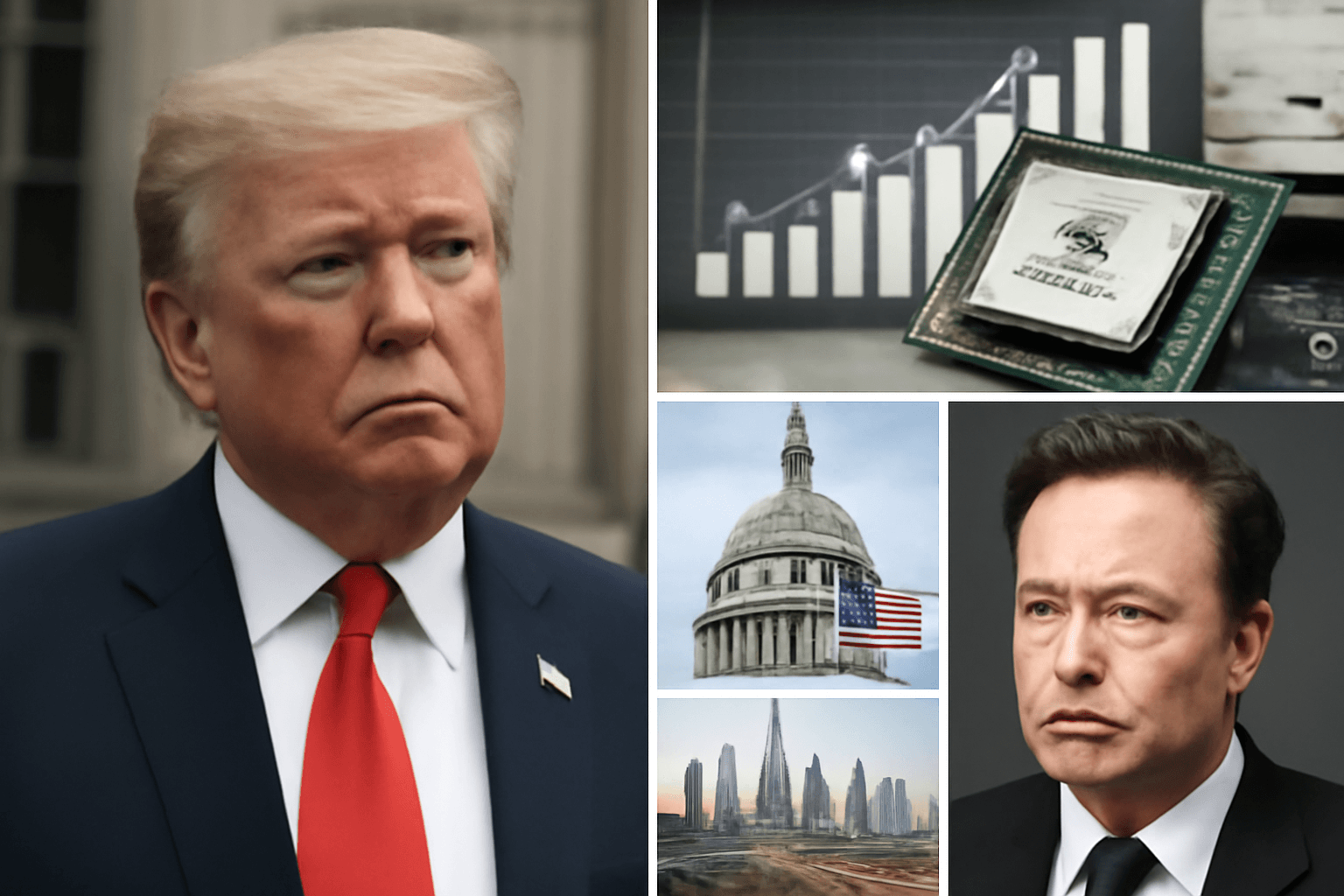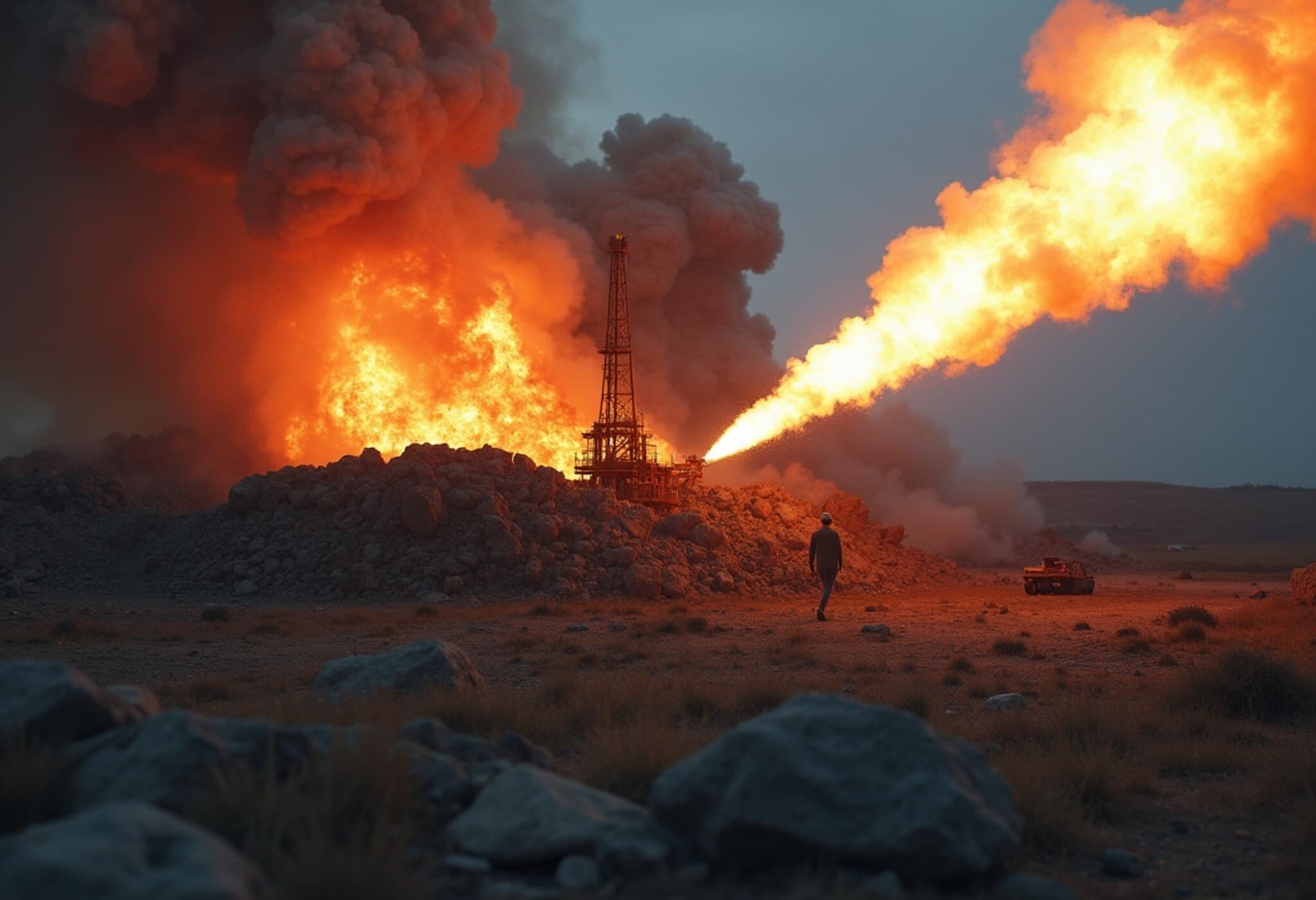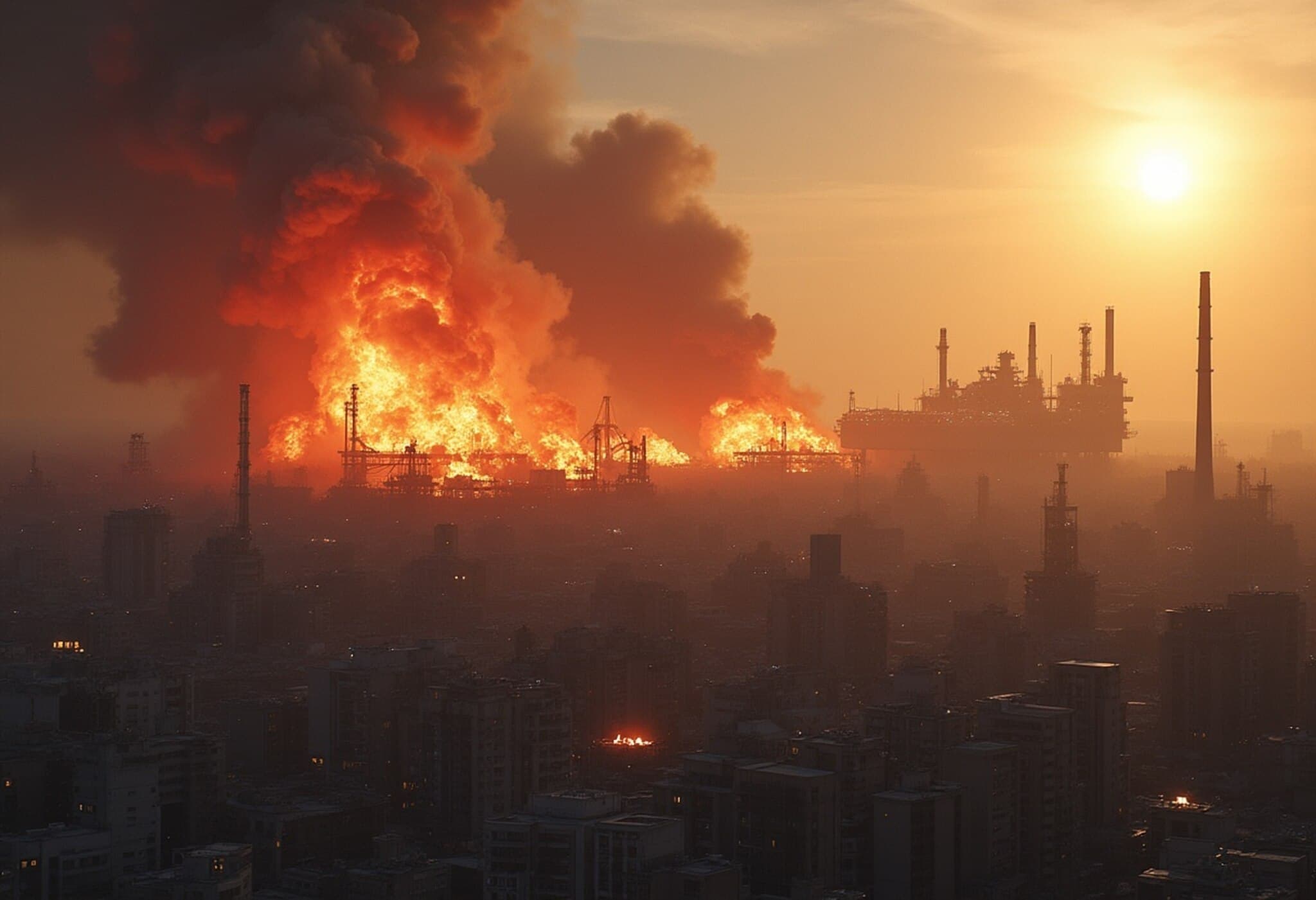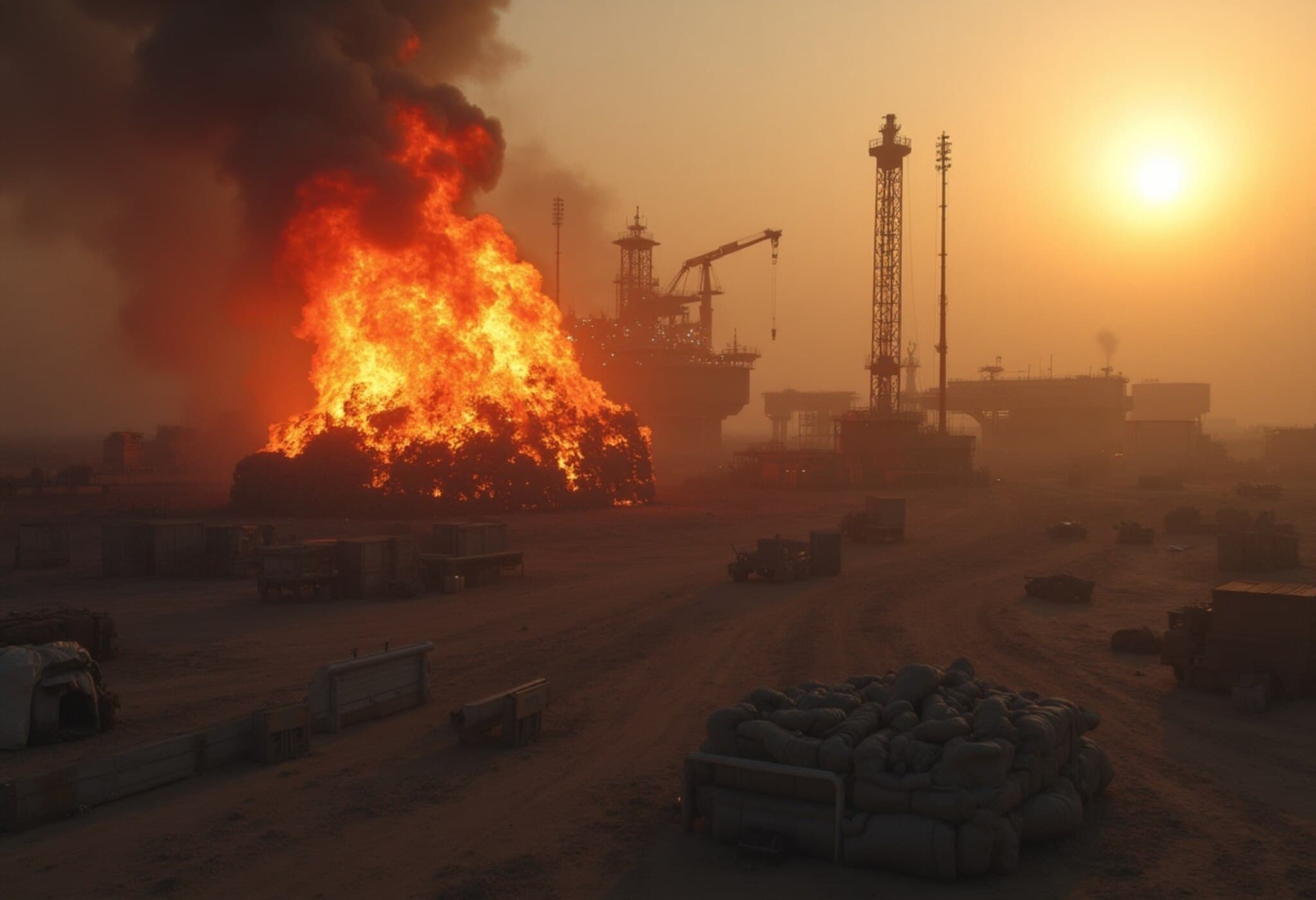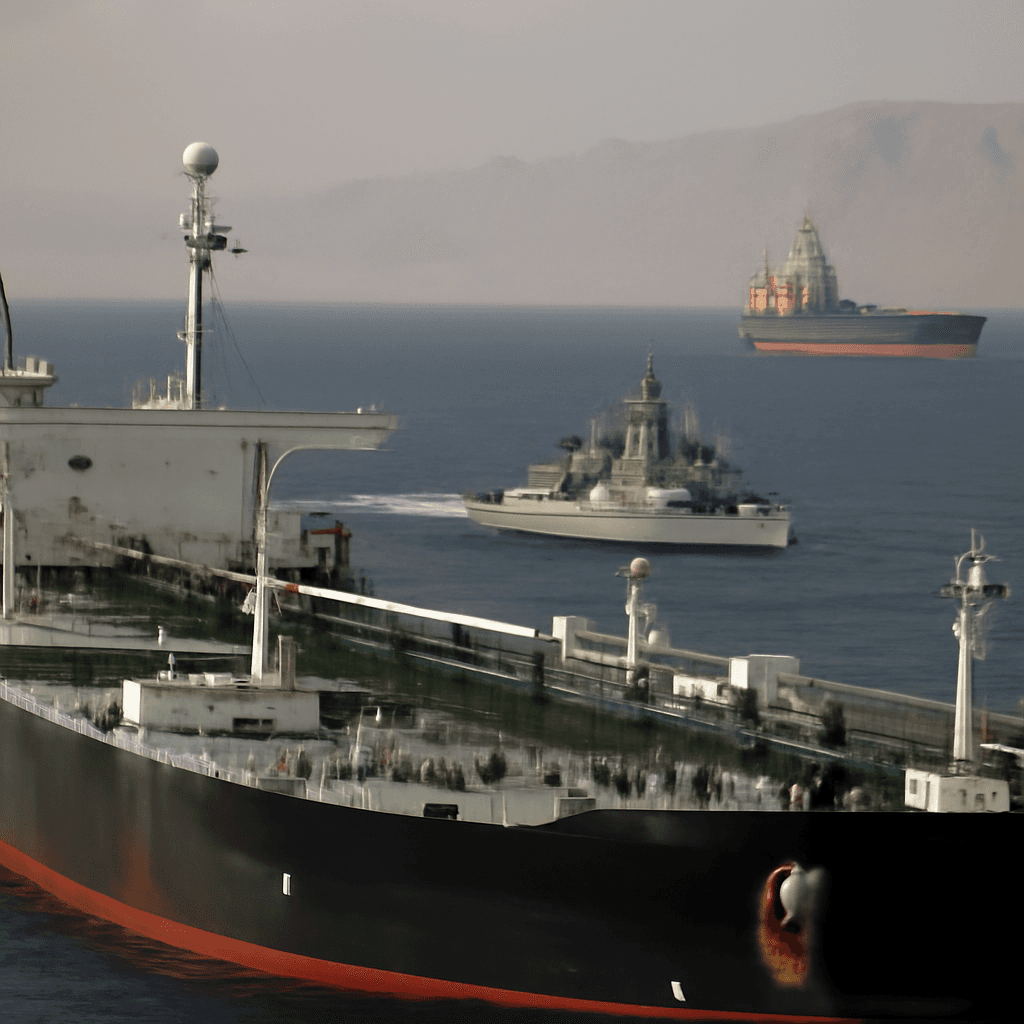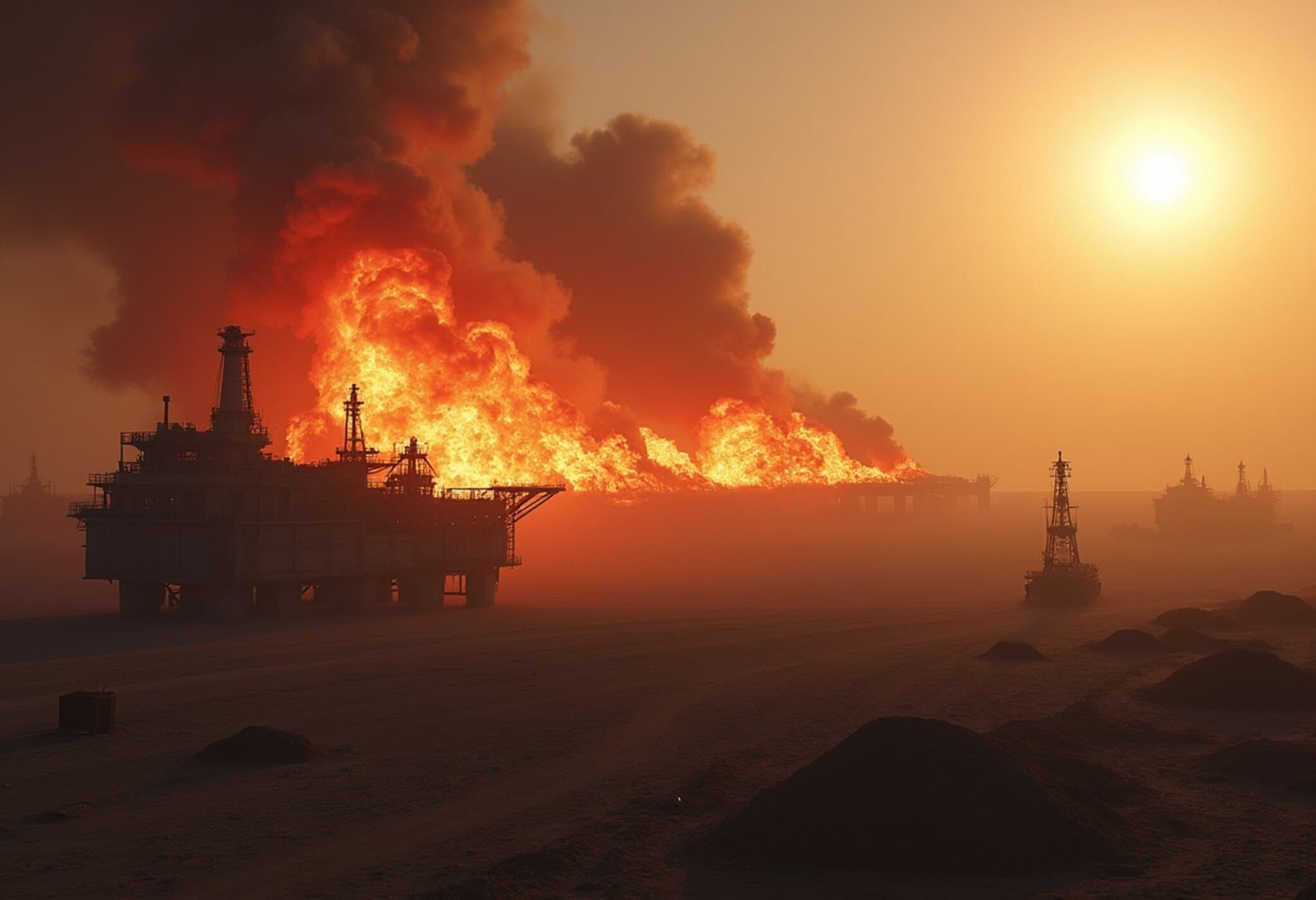US Launches Airstrikes on Iran’s Nuclear Facilities
In a bold move on Saturday, the United States launched airstrikes targeting three of Iran's nuclear sites. This action marks a significant escalation, pulling America into the ongoing conflict between Israel and Iran. The timing caught many off guard, especially after President Donald Trump had only days earlier hinted he was still deliberating American involvement.
Breaking the Pattern: Trump’s Decision to Act
Observers had largely dismissed Trump’s previous indication of a “two-week” decision period as another stalling tactic, based on his history of delayed action on high-stakes issues. Nicknamed by some as the “TACO” phenomenon—"Trump Always Chickens Out"—the president has frequently threatened major moves only to back away, ultimately easing market fears but damaging his own credibility.
However, this time Trump followed through sooner than expected, warning that there will be “either peace, or there will be tragedy for Iran far greater than we have witnessed over the last eight days.”
Iran’s Strong Response and Regional Risks
Unsurprisingly, Iran’s Foreign Minister Abbas Araghchi condemned the strikes as “outrageous,” asserting Tehran’s right to vigorously defend its sovereignty and citizens. State media reports also hinted at possible attempts to close the strategic Strait of Hormuz—an international waterway vital to global oil shipments. The United States, in turn, urged China to discourage Iran from any disruptions at the strait.
Market and Oil Price Reactions
Financial markets reacted cautiously to Saturday’s events. Major US stock futures slipped Sunday evening, reflecting investor jitters over potential fallout. Asian markets showed mixed results with Japan and South Korea retreating slightly, while Hong Kong managed minor gains.
Meanwhile, oil prices initially surged, with Brent crude climbing over 1% to nearly $78 per barrel before trimming those gains. Analysts warn that any interference with exports through the Strait of Hormuz could drive prices to $100 or higher, escalating inflationary pressures worldwide.
Upcoming Economic Indicators to Watch
Investors remain focused on economic data to gauge how geopolitical tensions might affect inflation and monetary policy. Notably, the Federal Reserve’s preferred inflation gauge, May’s personal consumption expenditures (PCE) price index, is due for release this Friday. The reading will be closely scrutinized to assess whether inflation is easing or persisting amid rising energy costs.
Market Perspective: Containment or Escalation?
Despite the gravity of direct US involvement in the Israel-Iran conflict, many market participants appear to view the attacks as an unfortunate but contained event. Some strategists suggest that eliminating Iran’s nuclear threat may even reduce uncertainty in the region. The repeated Iranian threats to close the Strait of Hormuz have yet to materialize and are regarded by experts as unlikely.
- US airstrikes targeted three Iranian nuclear sites.
- Iran vowed to defend its sovereignty and hinted at closing Strait of Hormuz.
- US urged China to prevent Iranian disruptions at the strategic waterway.
- US and Asian stock markets showed mostly subdued reactions.
- Oil surged briefly, with price risks heightened if strait exports are affected.
- Investors watch May’s PCE inflation index for clues on economic impact.




